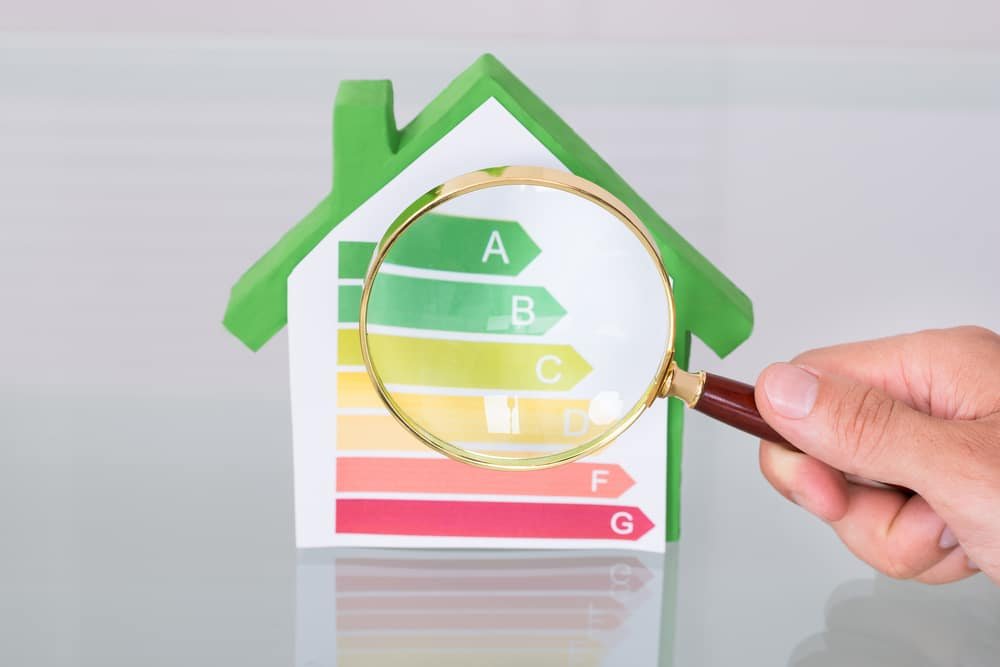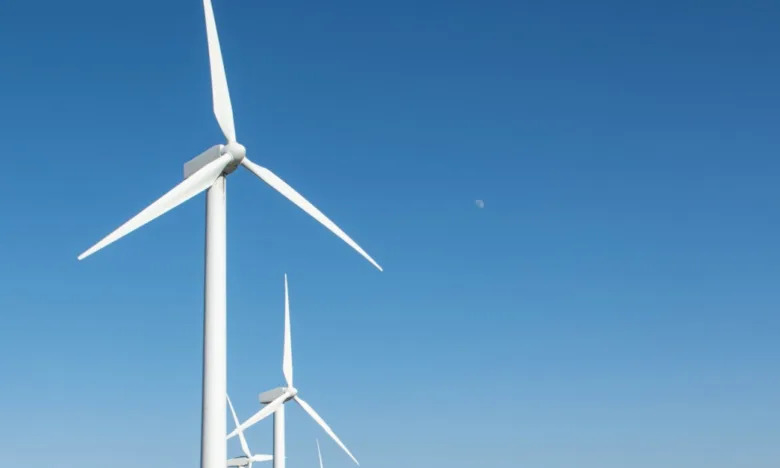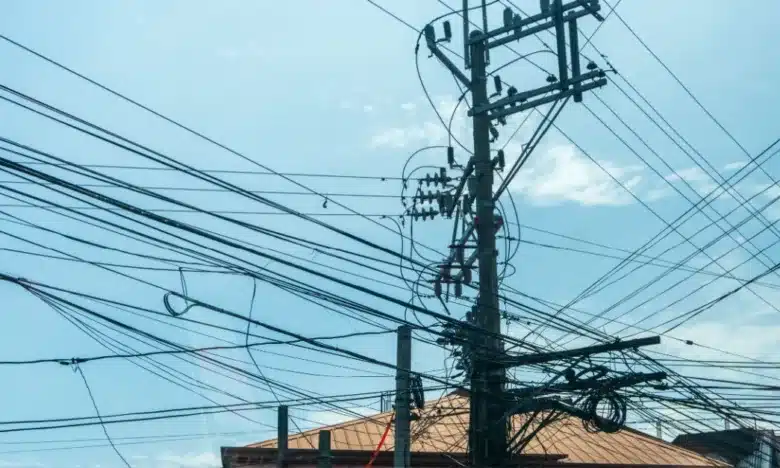
Current Green Energy Transition Policies are a Scam
- August 20, 2024
The idealized transition to a green Philippines by transition to renewable energy is not as promising as its premise. The country’s persistent economic crises render the costs of this transition to be too high, disrupting livelihoods in its wake. Drastic changes in policy direction may be the only way to stay the course.
The energy transition is spending nearly $2 trillion globally. Solar and wind energy levels have escalated to their highest record in the last 10 years, but somehow, fossil fuels still aren’t going anywhere – in fact, we have added even more of them.
Studies have proven that the addition of renewable energy almost never replaces coal, gas, or oil. It only increases energy consumption. According to new research, for every six units of new green energy, less than one unit eliminates fossil fuels from the mix. US-based analysis reports that the creation of more energy, whatever kind it may be, only leads to more energy being used. This means that policies that intend to increase renewable energy may actually lead to more emissions.
Human nature is to maximize consumption of what is available, especially in industrialized societies. Energy from coal and oil has doubled in 50 years, hydropower has tripled, an gas has quadrupled. Nuclear, solar and wind power have also gained ground. We are living in an age where energy has never been more producible and consumable – at a cost.
The Philippine government’s policies for a green transition rely heavily on magical thinking that jumpstarting renewable energy industries will suddenly vanquish fossil fuels. Recent research declares that this transition ideal is “misleading”. Researchers found that for every additional energy source, it has been “entirely unprecedented for these additions to cause a sustained decline in the use of established energy sources.”
Another study investigated 14 energy shifts over the past 500 years, such as the transition from animal-plowed fields to fossil fuel-powered tractors. The two key factors for energy changes is a better or cheaper power source.
Where coal has succeeded, solar and wind fail on both factors. They are intermittent, so they can’t be better, and they are not cheaper, despite the talk of them being a free natural resource, for they are only efficient when the weather conditions are right. As the weather is constantly changing, they are subject to long periods of non-operation, garnering large costs.
Renewable energy advocates champion storage solutions as the answer to intermittent sources, but due to their high costs, renewable energy sources are rendered impractical compared to fossil fuels. Transitioning to green energy entails an established infrastructure of power storage, which the Philippines currently cannot afford.
Furthermore, renewable energy sources are only one small piece of a larger puzzle causing climate and energy crises. They are mostly deployed in the electricity sector, which is only 20% of the world’s energy consumption. Transport, heating, manufacturing, and agriculture, the largest carbon emitters, are not part of the green energy equation. We may be focusing too much on an insignificant greenhouse gas contributor while failing to come up with solutions for sustainably producing essential commodities such as steel, cement, plastics, and fertilizer.
Studies predict that while renewable energy sources will meet their goal of rising by 2050, fossil fuels will also increase.
This shows little promise of achieving a world free of fossil fuels. In fact, more funds would be exhausted on solar, wind, batteries, hydrogen, and less efficient technologies for basic commodities.
To complete a renewable transition, it is necessary to heavily tax fossil fuels to avoid their usage, costing more than $5 trillion annually, according to McKinsey. This may lead to recession, multiplying the cost and causing a surge in living costs.
The only way for the Philippine government can make good on their intentions for a greener Philippines is to drastically improve sustainable energy sources. They must invest in research and development, especially innovation in the wind, solar, storage, and nuclear energy fields. If they are able to bring the costs of renewable energy below the price of fossil fuels, then the green transition may bring global success.
Source: Myth of green energy transition



